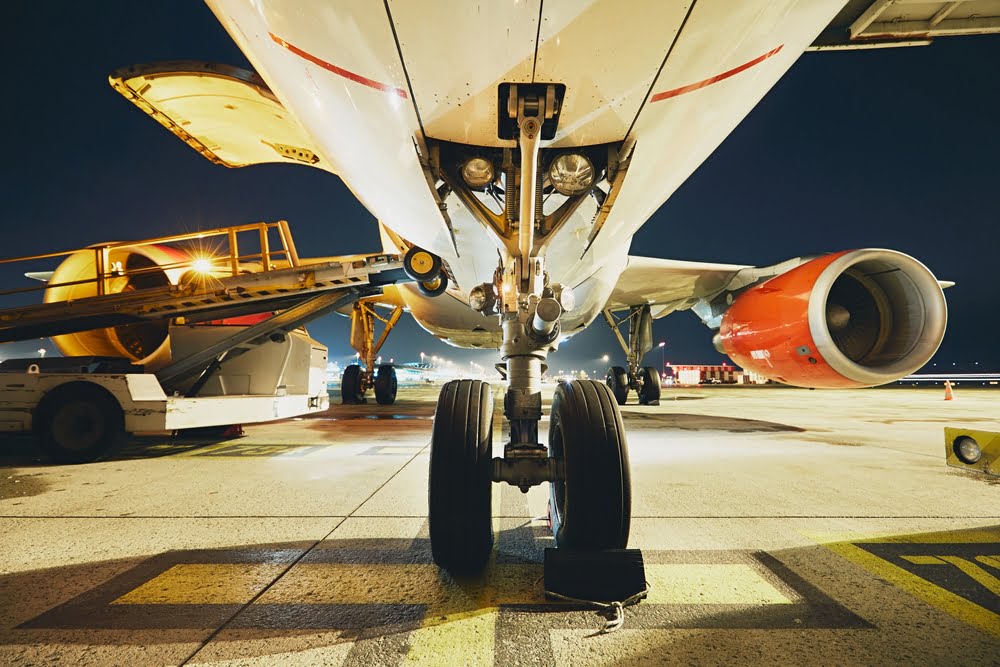There is never a boring day in the world of technology. With such an increased focus on self-driving vehicles and related technologies, it is only a matter of time until some major developments come to market. One of these innovations is known as a self-driving nose wheel. It will help address delays between the time at which a plane’s door closes and when the aircraft pulls away. For now, this initiative will only focus on Boeing’s 737NG.
Self-driving Nose Wheels for Planes
In a way, it makes a lot of sense that self-driving technology will not just be used in vehicles or other consumer-grade products. In fact, the biggest impact will be made in the industrial sector, although Boeing is also interested in seeing how far this technology can be pushed. Thanks to a new partnership between Stirling Dynamics and WheelTug, we will soon find out if there is a bright future ahead for self-driving nose wheels. All parties acknowledge this is an option worth pursuing, as it has the potential to make a lot of plane passengers happy.
To put this research into perspective, air travel can be sped up in various ways. One option is to address the delay between the time at which a plane’s door closes and when the aircraft pulls away. In most cases, this requires a manual application of thrust or even the use of a ground tug vehicle. It is an unnecessary delay which has been around for as long as most people can even remember. Self-driving technology can make a big impact in this regard, according to the companies involved in this project.
This self-driving nose wheel will contain electronic motors powered by the plane’s auxiliary power unit. Pilots should – in theory – be able to back away from or taxi to a gate without any help or thrust. Leaving and arriving at airport gates is still a very tedious process, and it can lead to unnecessary friction for passengers. While such a self-driving nose wheel may be able to alleviate some concerns, it remains to be seen how effective this venture will be. For now, the nose wheel is only designed for use with the Boeing 737NG jet airliner.
Most people underestimate the power and control it takes to steer a massive airplane when it is on the ground. For those who think a large bus or truck is unwieldy to turn and maneuver quickly, a plane poses a far steeper challenge. Moreover, with so many other aircraft in proximity to a plane, pilots must be very careful in applying thrust. It is evident the entire process of landing and taking off hasn’t seen much innovation over the past few decades.
With this new nose wheel, a Boeing 737NG can move backward and forward under the pilot’s direct control. This should simplify the entire process by quite a margin, and allow planes to “dock” within a minute or slightly more. Right now, this process takes an average of thirteen minutes, which is a massive waste of everyone’s time. Eventually, these self-driving nose wheels will help reduce flight times by seven minutes or slightly more. It’s an option well worth exploring, although the success of this technology has yet to be determined.
It is a bit unclear when Boeing plans to go ahead with the first tests of this new nose wheel. There’s a lot of work involved for WheelTug, as it needs to reverse engineer and analyze the components required for this particular model airliner. Rest assured we will hear a lot more about this venture as its development progresses. Self-driving technology comes in many different shapes and sizes; that much is certain.

